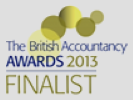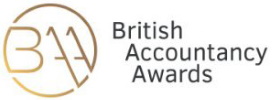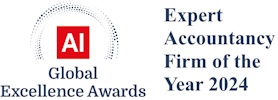Changes to the way dividend income is taxed could drag people on lower incomes into self assessment and have implications for incorporation, tax experts have warned.
Under current arrangements, basic rate taxpayers pay no tax on dividends received. Higher and additional rate taxpayers pay rates of 25 per cent and 30.55 per cent respectively on dividend income.
A summer Budget announcement means that from April 2016, the first £5,000 of dividend income will be tax-free for everyone. Anything over £5,000 will be taxed at 7.5 per cent for basic rate taxpayers, 32.5 per cent for higher rate taxpayers and 38.1 per cent for additional rate taxpayers.
Anthony Thomas, chairman of the Low Incomes Tax Reform Group (LITRG), warned that while the new regime could offer a “useful simplification” for some people: “Individuals with a small earned income, such as employment or pension income, but dividend income in excess of £5,000 will be worse off under this tax regime. In addition, they may be forced into self assessment if it is not possible to collect the underpaid tax through the PAYE system.”
“Take a pensioner with, say, £12,000 pension income and £6,000 in dividends – £18,000 in total. Whereas currently that pensioner pays no tax on the dividends, when the Dividend Allowance is introduced, they will have to start paying tax on £1,000 of their dividend income. They will pay tax at 7.5 per cent, i.e. £75, which will have to be collected through self assessment unless the PAYE deductions from their pension income can be increased to accommodate the extra liability.”
The LITRG also warned that small incorporated businesses might need to review the balance of dividends and salary.
Meanwhile, the Institute of Chartered Accountants in England and Wales (ICAEW) said: “We shall have to wait for further clarification to find out what precisely this new regime will mean in practice and whether the ‘economics’ of incorporation have changed fundamentally or have merely been modified.”
Link: ICAEW comment















